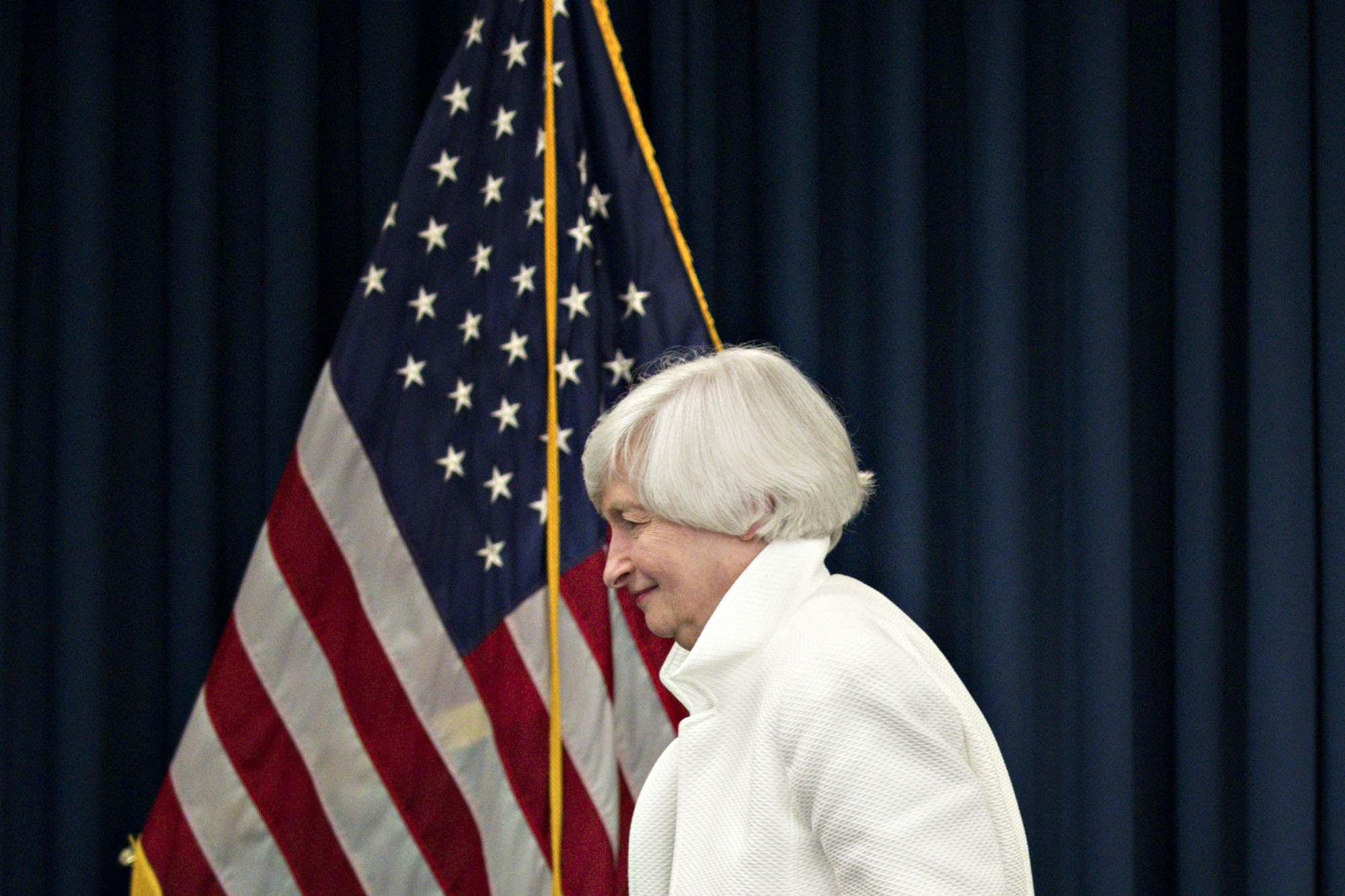When I was taking an advanced macroeconomics course at the University of Michigan in 2007, Miles Kimball, my professor — and later my doctoral adviser — explained to the class how to fight a recession. "Print money and buy stuff," he exclaimed. Then, for good measure, he repeated the phrase three more times.
"Stuff," in this case, meant financial assets. Kimball subscribed (and still subscribes) to the idea that macroeconomic management is all about money. When times are tough, investment is low and unemployment is high, the government — i.e., the central bank — should create money and exchange it for financial assets. If buying government bonds doesn't do the trick, the bank can buy all sorts of other things — housing-backed bonds, stocks, even houses themselves — until the economy sputters back to life.
This idea is sometimes called monetarism, though it's also associated with a school of thought called New Keynesianism. The idea that exchanging money for financial assets can overcome a downturn was enthusiastically promoted by Milton Friedman, the great prophet of monetarism. When Japan was in a prolonged slump in the 1990s, Friedman advocated just such a large-scale asset-purchase program: The (Japanese) economy went into a recession. ... Monetary growth has been too low. Now, the Bank of Japan's argument is, "Oh well, we've got the interest rate down to zero; what more can we do?"

















With your current subscription plan you can comment on stories. However, before writing your first comment, please create a display name in the Profile section of your subscriber account page.